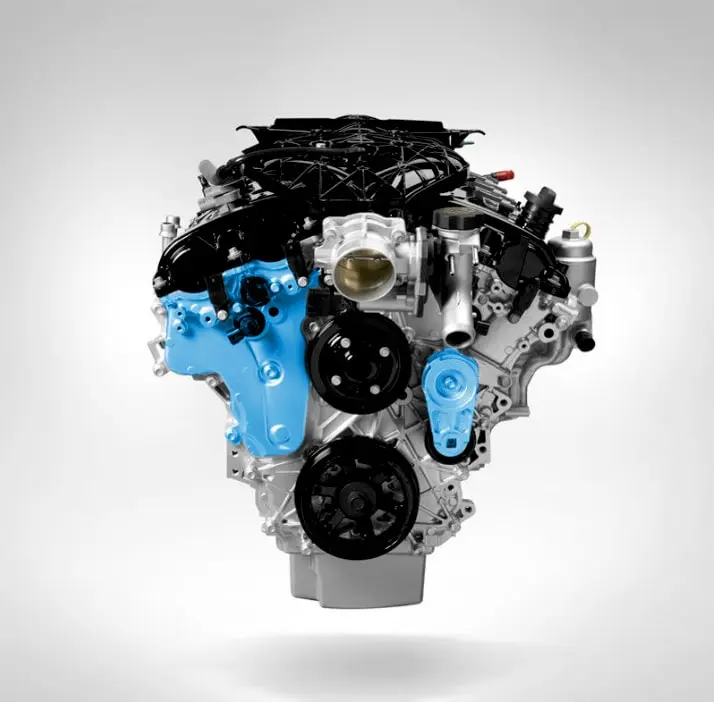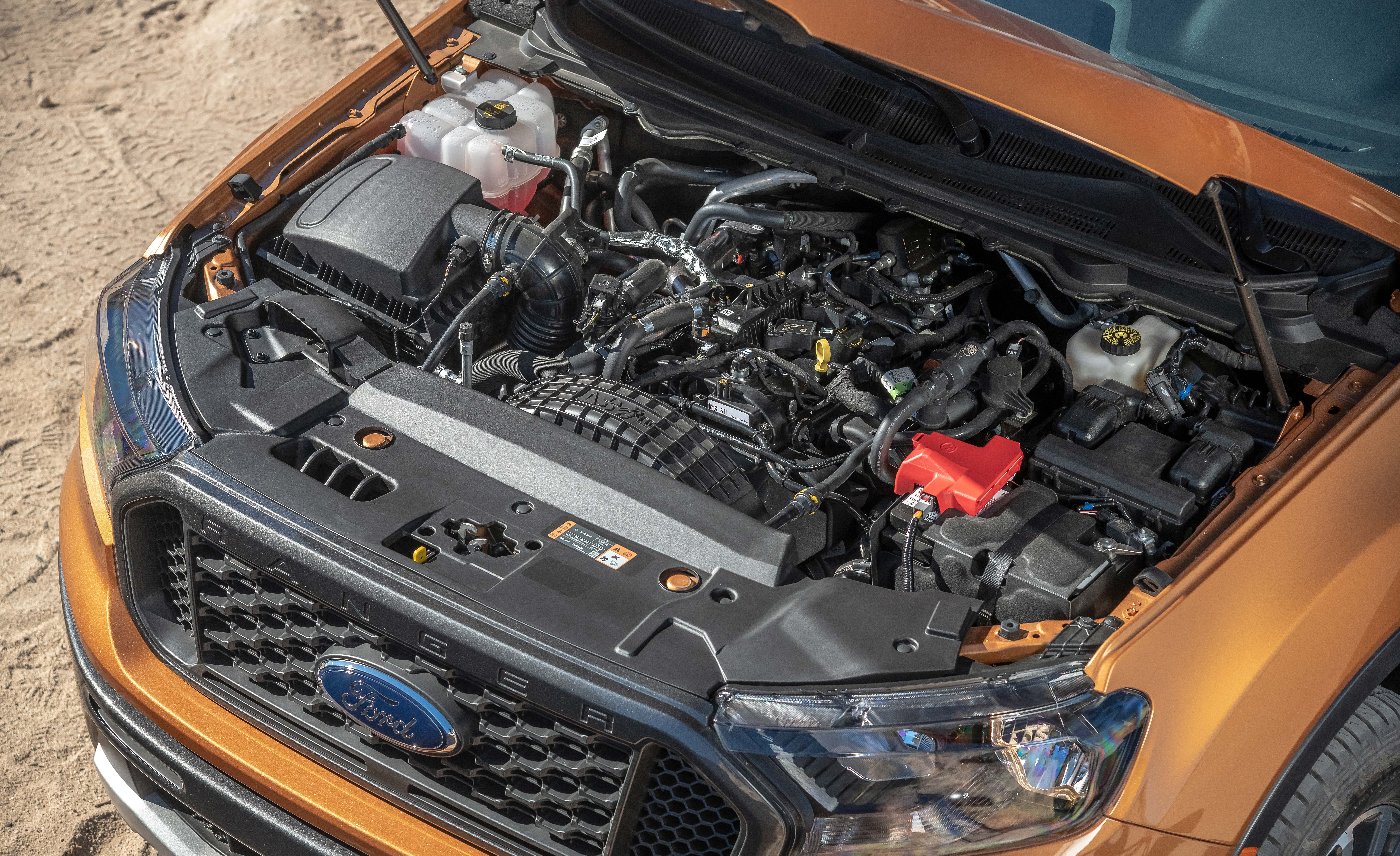Get to Know the Power and Reliability of the 2.2 Ford Ranger Engine for Any Job
Comprehending the Basics of Cars And Truck Engines: Types, Features, and Features

Summary of Car Engines
An auto engine acts as the heart of a car, transforming gas into mechanical energy to thrust it onward. This complex system makes up various elements that operate in unison to make sure ideal efficiency and efficiency. The essential procedure of a car engine entails the interior combustion process, where gas and air are combined, stired up, and removed to create power.
The engine's layout can substantially impact its performance, fuel efficiency, and discharges. Secret parts include the cyndrical tube block, pistons, crankshaft, and camshaft, each playing a vital function in the engine's general feature. The cyndrical tube block houses the cylinders where burning takes place, while the pistons transform the explosive power from combustion into straight motion. This motion is after that changed right into rotational power by the crankshaft, allowing the lorry's wheels to transform.
Along with these parts, engines commonly utilize numerous systems such as fuel injection, ignition, and cooling systems to boost efficiency and long life. Comprehending the standard mechanics of cars and truck engines is vital for performing and identifying problems maintenance, eventually contributing to the vehicle's dependability and efficiency over time.

Sorts Of Car Engines
Automobile engines can be classified into numerous kinds based upon their layout, gas kind, and functional principles. 2.2 ford ranger engine. One of the most usual categories consist of interior burning engines (ICE), electric engines, and crossbreed engines
Inner burning engines, which can be more split right into fuel and diesel motor, run by firing up a fuel-air mixture to produce power. Gasoline engines are normally lighter and smoother, while diesel engines are extra fuel-efficient and offer better torque.
Electric engines utilize electric energy stored in batteries to power an electric motor, providing instantaneous torque and absolutely no discharges during procedure. As innovation advances, electrical lorries (EVs) are progressively becoming prominent for their environmental benefits and lower running expenses.
Hybrid engines combine components of both inner combustion and electric engines, permitting adaptable source of power and enhanced gas efficiency. They can operate in different settings, making use of either the gas engine, the electrical motor, or both simultaneously.
Each sort of engine has distinct advantages and disadvantages, affecting their application in various automobile kinds and market sectors, from small vehicles to durable vehicles. Comprehending these kinds is vital for making educated decisions relating to car selection and performance assumptions.
Engine Features Clarified
Comprehending engine features is vital for realizing how cars operate successfully. At the core of any type of internal combustion engine lies the essential procedure of converting fuel into mechanical power. This process starts with the intake stroke, where air and gas are attracted into the combustion chamber. Following this, the compression stroke presses the air-fuel mixture, enhancing its temperature and pressure.
The ignition occurs following, stiring up the mixture and creating a fast development of gases. This pressure drives the piston down throughout the power stroke, which eventually equates right into the rotational activity of the crankshaft. The exhaust stroke after that expels the spent gases from the chamber, making means for a new cycle to commence.
Along with these main features, engines likewise integrate systems that handle cooling and lubrication, making certain optimum functional temperature levels and reducing friction in Discover More Here between relocating parts. This elaborate interplay of functions allows the engine to create the power necessary for lorry propulsion while keeping performance and integrity. Understanding these functions provides beneficial understanding into the complexities of automotive engineering and enhances the ability to detect and resolve engine-related issues properly.
Secret Engine Attributes
Engine style incorporates several key features that considerably influence longevity, performance, and efficiency. Among one of the most critical elements is the engine configuration, which consists of inline, V-type, and level designs. Each arrangement affects the engine's balance, dimension, and power outcome, thus impacting overall lorry characteristics.
One more necessary attribute is the engine displacement, referring to the overall volume of all cylinders. Larger variations normally generate more power however might jeopardize fuel performance. Engine products also play a critical function; high-strength and light-weight materials, such as light weight aluminum and magnesium alloys, enhance efficiency without including extreme weight.
The sort of gas injection system employed-- such as direct or multi-port shot-- influences combustion performance and discharges. Supercharging and turbocharging are features that increase engine performance forcibly extra air into the burning chamber, boosting power output without dramatically increasing engine dimension.
Finally, the visibility of advanced engine administration systems enhances fuel-air combination and ignition timing, adding to smoother procedure and better gas economic situation. Collectively, click over here now these functions specify an engine's abilities, establishing the structure for its efficiency and long life in an affordable automotive landscape.
Maintenance Tips for Engines
Proper engine upkeep is crucial for guaranteeing optimal efficiency and longevity, as neglecting routine care can result in considerable issues down the line. To preserve your engine effectively, start with regular oil modifications, typically every 3,000 to 7,500 miles, relying on the kind of oil utilized. Fresh oil lubes engine components, reducing friction and wear.
In addition, monitoring coolant degrees is essential to avoid overheating. Ensure that the coolant is topped up and remains in great condition to maintain reliable temperature level guideline. Routinely check and replace air and gas filters, as blocked filters can prevent airflow and fuel delivery, endangering engine performance.
Moreover, focus on spark plugs and ignition systems. Worn or malfunctioning ignition system can lead to misfiring and reduced efficiency. Examining the battery terminals and connections for deterioration is additionally crucial, as a weak battery can affect engine starting.
Conclusion
In summary, a detailed understanding of automobile engines incorporates various types, features, and vital attributes that significantly influence automobile performance. Internal combustion engines, along with hybrid and electrical alternatives, demonstrate diverse systems for energy conversion. 2.2 ford ranger engine. Recognizing the essential features, such as intake and exhaust cycles, alongside crucial engine features like setup and gas injection systems, equips car proprietors with the understanding required for effective upkeep and procedure, eventually improving car durability and effectiveness
An auto engine offers as the heart of a vehicle, converting gas into mechanical power to move it onward. The basic procedure of an auto engine includes the internal combustion procedure, in which fuel and air are mixed, fired up, and removed to additional reading create power.
Frequently inspect and replace air and fuel filters, as clogged up filters can prevent air movement and gas shipment, endangering engine effectiveness. - 2.2 ford ranger engine
In recap, a thorough understanding of vehicle engines encompasses different types, features, and key functions that substantially influence vehicle efficiency. Identifying the necessary features, such as intake and exhaust cycles, together with crucial engine functions like setup and fuel injection systems, gears up vehicle proprietors with the knowledge essential for efficient maintenance and operation, inevitably boosting lorry long life and effectiveness.